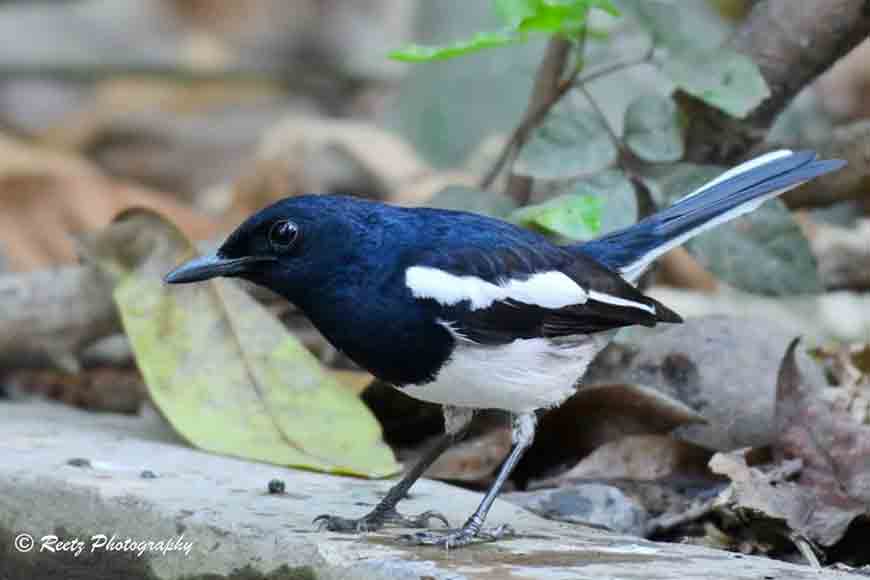How Kayaler Bagan in the heart of Kolkata became a sanctuary?
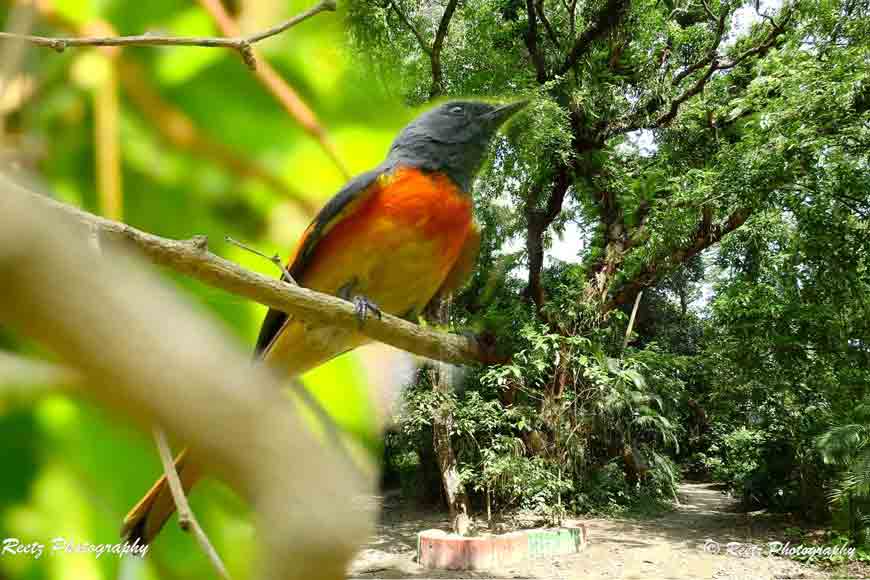
Reetwika Banerjee is a Cyber Security Expert by profession, an avid traveller, a shutterbug and a nature explorer.
A private garden can get the status of wildlife sanctuary was unbelievable to me till the time I visited this piece of green splash in the heart of a populated metro city like Kolkata!‘Kayaler Bangan’is a vast stretch of greens in the outskirts of the city which has offered shelter to diverse flora and fauna since decades. The list includes of the wide species range includes a variety of migratory birds, butterflies, civets, wild cats, jackals, snakes, ferns, epiphytes and orchids.
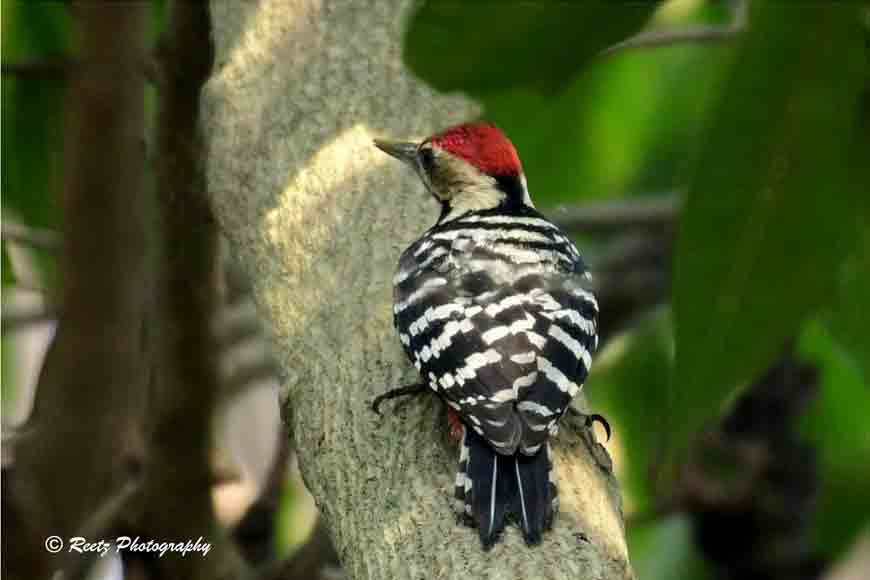
Earlier the jungle belonged to the notable Kayal family of Kolkata which was later acquired by the Government in 2004 and made open to public thereafter. Recently it has been renamed to ‘Chintamoni Kar Bird Sanctuary’ (CKBS in short) in the honour of the famous Bengali sculptor Chintamoni Kar, who had tirelessly fought over a decade’s time for gaining the wildlife sanctuary status for this private garden.
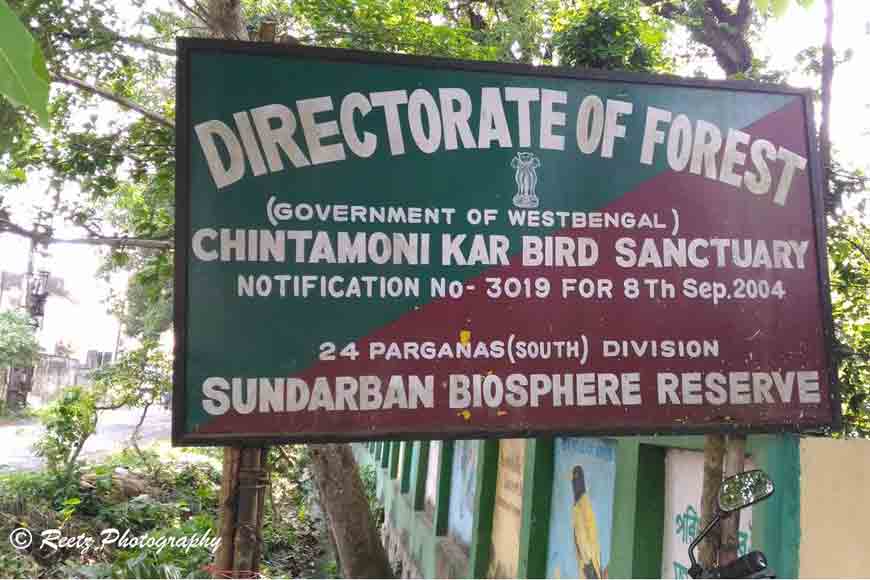
Years ago, it used to be a grand orchard of the Kayal Zamindars; remnants of fruit trees like mango, guava, jackfruit, coconut, plum, tamarind etc can still be found in large numbers. Unfortunately, it was deserted by the owners. For years, the orchard was neglected like an abandoned property. However, the green cover was dense enough to be awarded the grade of Wildlife Sanctuary by the Forest Department in 1982.
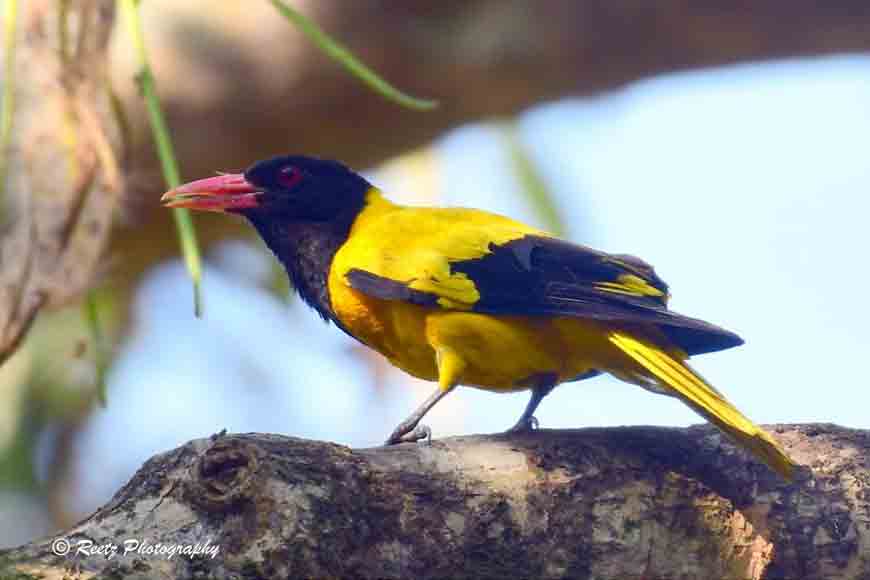
‘Kayaler Bagan’ is geographically located at an easy drivable distance of only 30 kilometres from the city centre. And the best way to reach here is by road. One can also take a local train from Sealdah till Narendrapur and then hire an auto rickshaw till the sanctuary entrance. We preferred to self-drive and reached the place in less than an hour.There was a large gate at the entrance with a ticket counter. On a plaque above the porch, the name of the sanctuary was prominently inscribed and the exterior walls were colourfully painted depicting the commonly found birds in the forest.
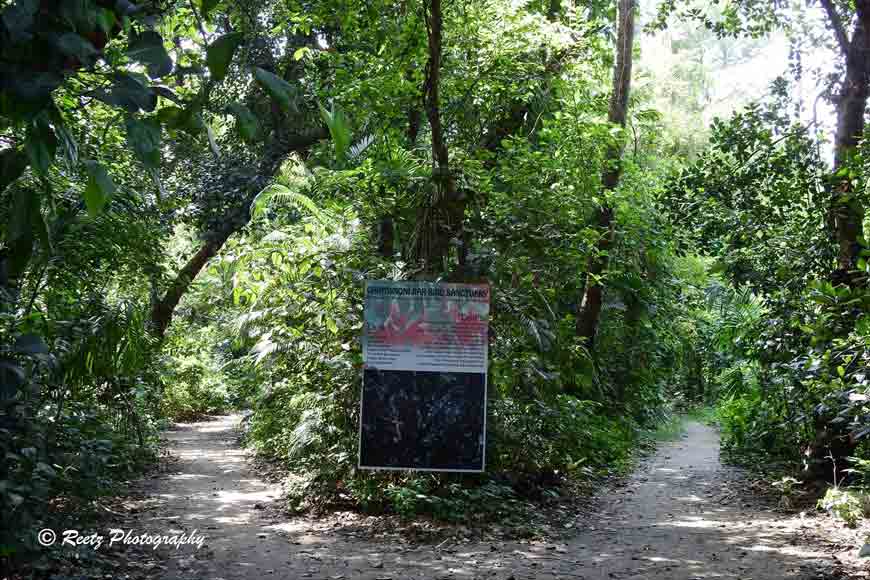
The sanctuary timing is 7am to 4pm and it is highly advisable to reach there at the earliest to ensure maximum sighting of birds and other animals. Also, towards the afternoon, a wild variety of venomous flies are frequently found inside the woods. If bitten, it may have severe impact on kids and adults alike. The moment we entered through the main gate, a mid-aged gentleman approached us to serve as our guide. As the internal roads seemed quite confusing, we were more than happy to find him. Immediately after crossing the entry gate and caretaker’s room, the thin forest road bifurcated into thinner lanes in two opposite directions. After a friendly debate, we decided to take the one on our right.
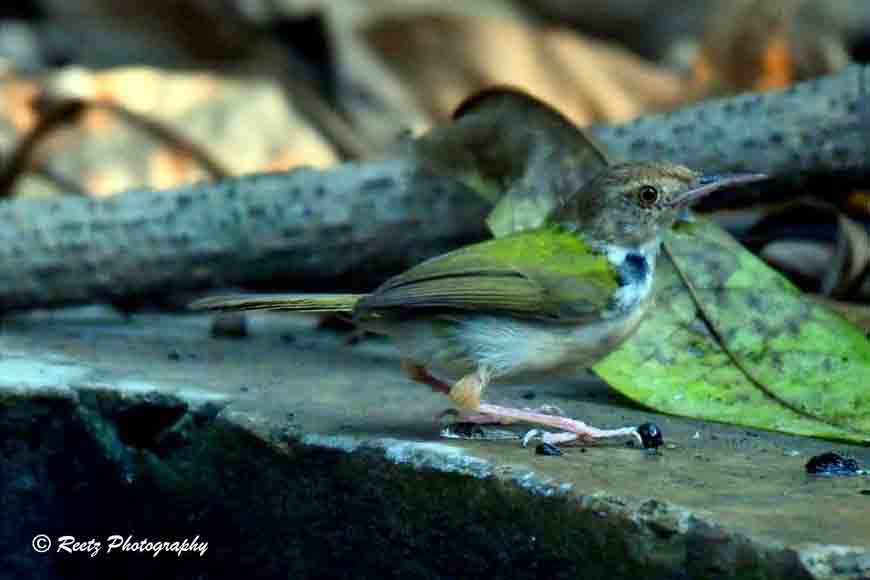
Walking through the jungle for barely over a minute, we reached a mud hut, seemingly the office of the Forest Department where couple of officials were busy in paperwork. The hut had a cool shade just outside, where three birders were taking rest and talking to each other. Their massive telephoto lenses bore testimony to their bird-watching interest. Alongside the office room was a big map of the sanctuary and colourful pictures of the birds frequently found there. The information on board served as a dependable reference during our entire trek through the thick forest. It took us close to three hours to complete a full round of the entire sanctuary, spending substantial time for photographic poses by the winged friends. We spotted Black Hooded Oriole, Tailor Bird, Oriental Magpie Robin, Small Minivet and Fulvous Breasted Woodpecker. By the time we were done for the day, our tired feet wanted some rest. We trailed back to that same mud hut (supposedly the office of Forest Department) which we had noticed in the beginning of our jungle hike. Relishing a rustic cup of tea from the outside vendor, we left for home by afternoon.
